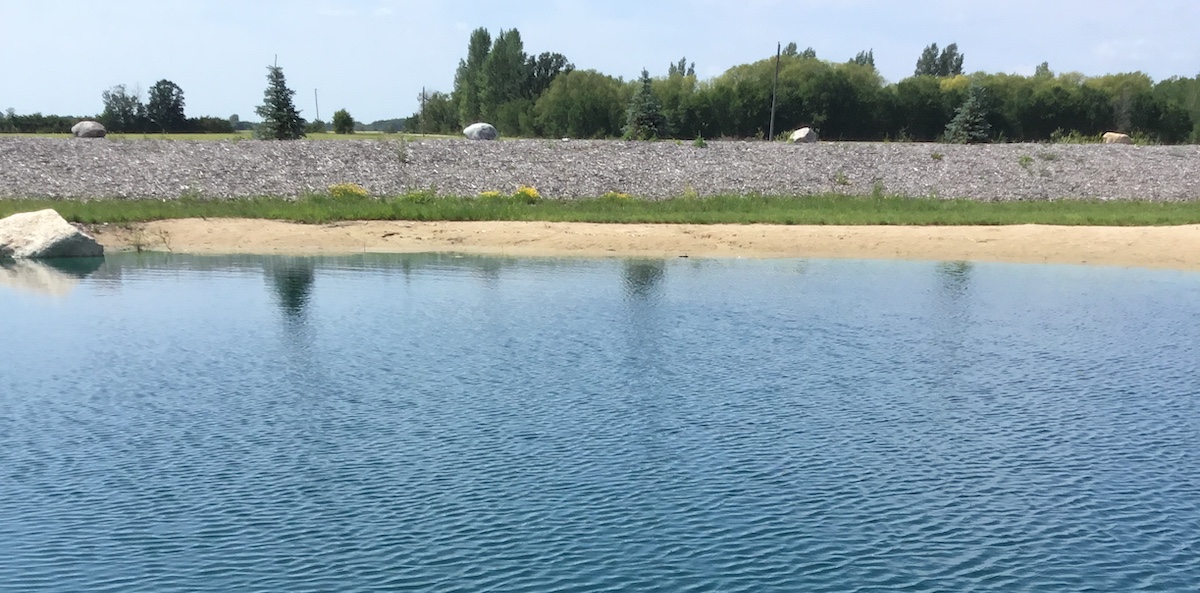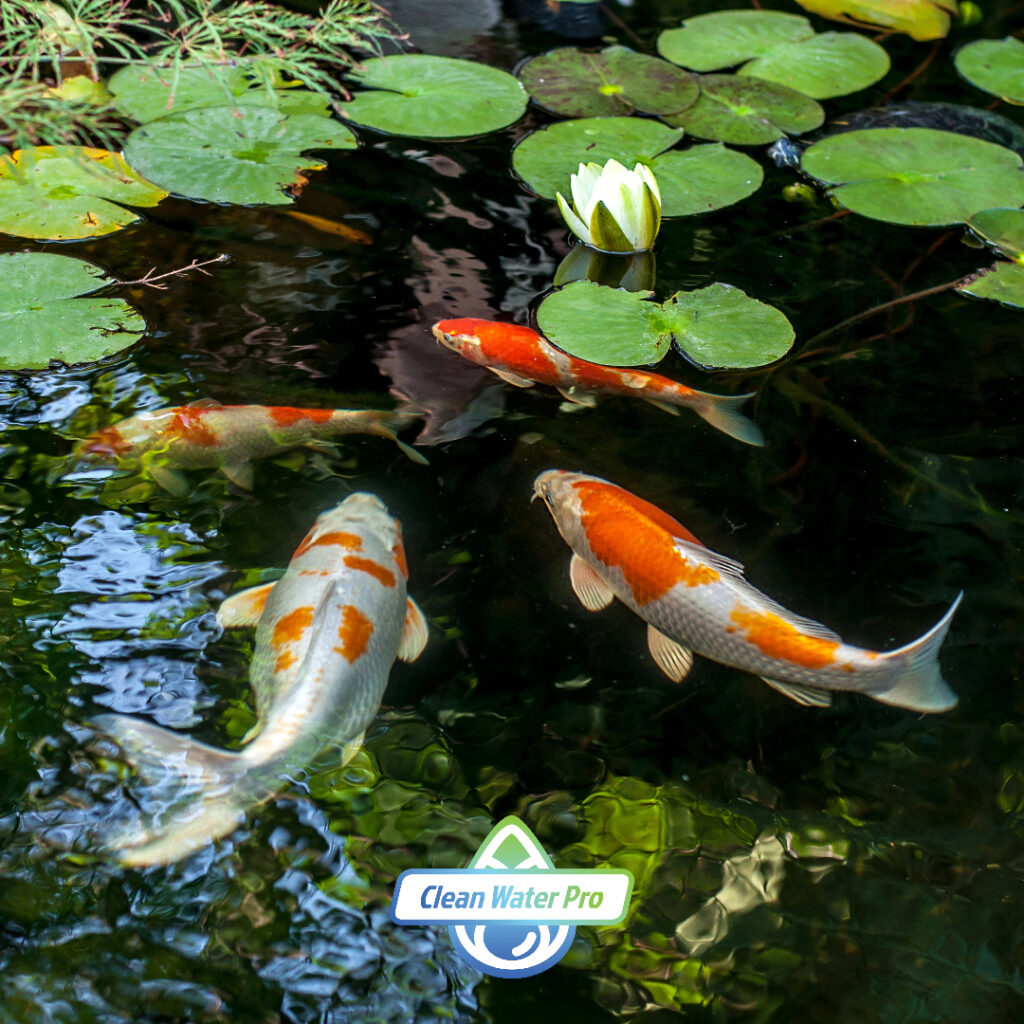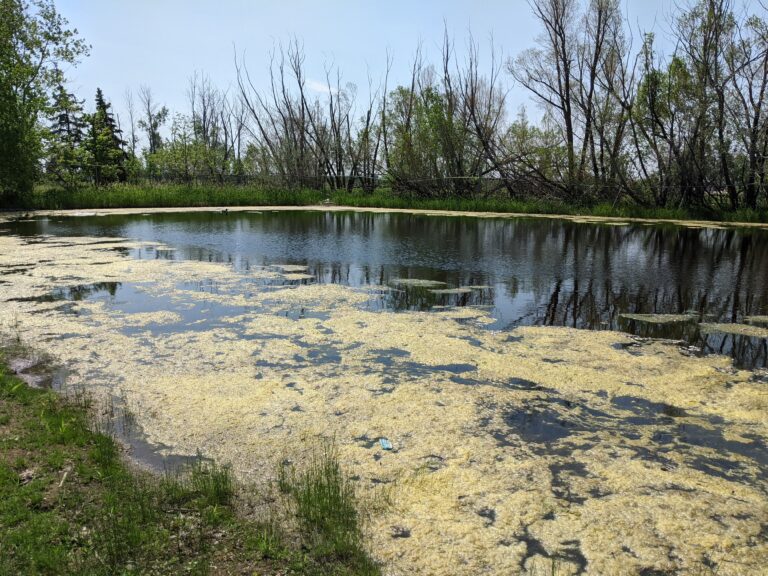
Tired of Battling Algal Blooms? Phosphates Are Likely The Cause!
Understanding and Managing Phosphates in Ponds with CWP Phosphate Binder Maintaining the ecological balance of a pond or lake is
As the season transitions, the rejuvenating energy of spring invites us to tend to our ponds, ensuring they mirror the vibrancy of the season itself. While the idea of spring maintenance for ponds might seem daunting to some, it is a rewarding endeavour that ensures your pond remains a serene and beautiful oasis all year round. Whether you’re a hands-on pond keeper or prefer to get assistance from one of our Pond Experts, the journey to a well-maintained pond begins here.
A clean start is essential. Depending on the condition of your pond, this could range from a full cleanout to simply removing debris and giving the pond a good rinse. For a thorough cleaning:
The pump is crucial for water circulation and filtration. Maintaining it is non-negotiable:
Efficient pump operation is vital for water quality and the health of pond inhabitants. This is an essential step for spring maintenance for ponds.
Spring is the prime time for leak repairs, preventing water loss and nutrient imbalance:
An accumulation of decaying matter increases nutrient levels, fostering algae proliferation. Algae control starts with removing last season’s leftovers:
Add Beneficial Bacteria regularly throughout the season. It competes with the algae for available nutrients, starving the algae of its food source.
Beneficial bacteria play a critical role in nutrient cycling and water clarity.
Since plants directly compete with algae for nutrients, they are one of the most important additions to your pond. Using a wide variety of plants will not only add to the natural look of the pond but will reduce algae growth as well.
Add water lilies, marginal plants, and floaters such as water lettuce or hyacinth. A well-planned plant assortment enhances beauty and ecological balance.

Overfeeding fish contributes to nutrient overload and algae issues:
Proper feeding practices ensure a healthy pond ecosystem.
Your pond is a living artwork. Embrace creativity in its design and features:
Your pond reflects your creativity and care, a source of pride and joy throughout the seasons. By using these spring maintenance for pond tips, you will have set the groundwork for a successful season.
Looking for more information about how to manage your pond or dugout best? Check out our webinar below: Dugouts Done Right | Avoiding a DIY Dugout Disaster. If you’re looking for commercial solutions and services, visit us online at CleanWaterPro.ca

Understanding and Managing Phosphates in Ponds with CWP Phosphate Binder Maintaining the ecological balance of a pond or lake is

How Does Eutrophication Affect Dugout Ponds, Retention Ponds, and Lakes? The eutrophication of ponds is the process by which excess
2023 PondSupply. All Rights Reserved.